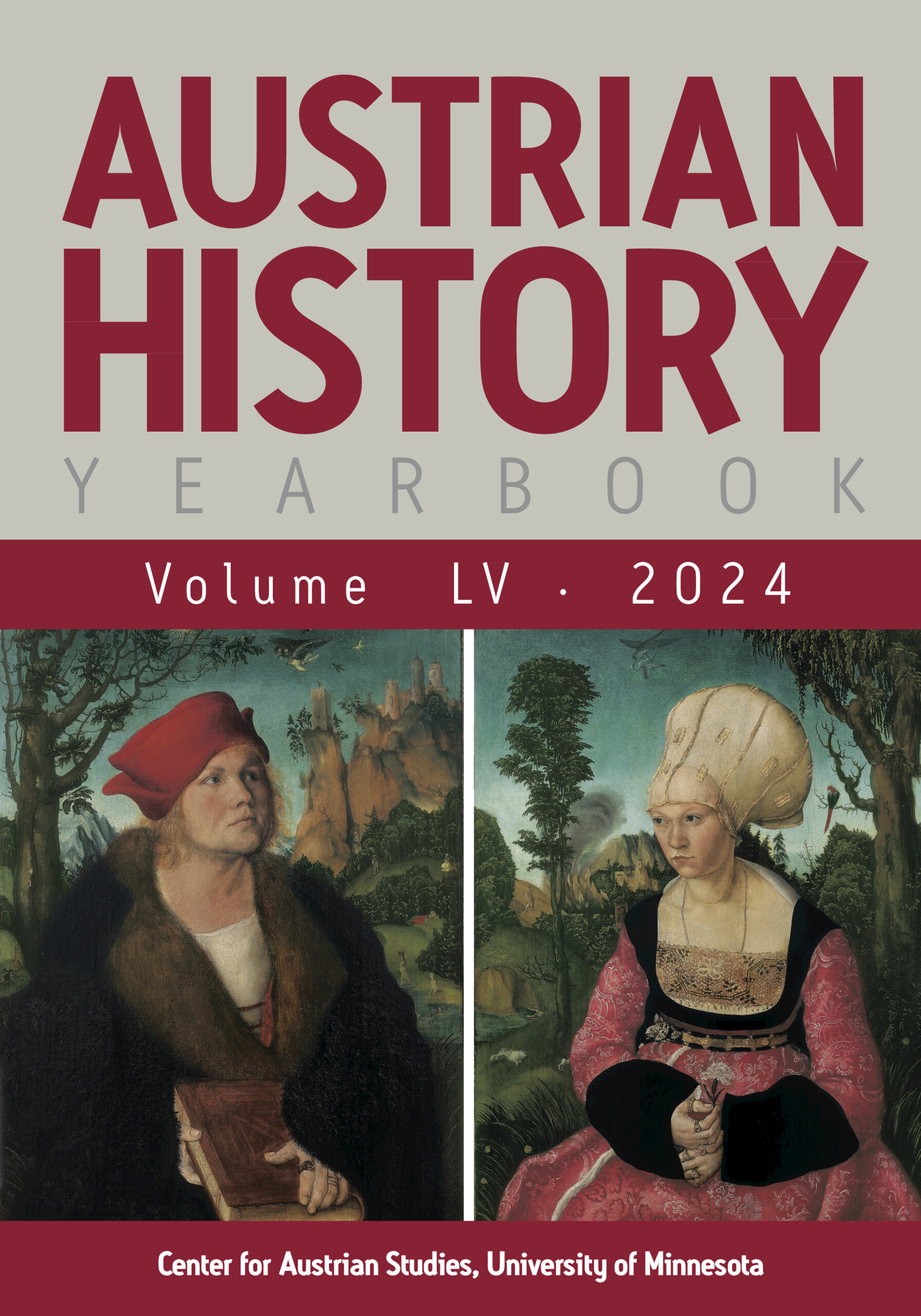Borderlands of Memory is the result of the international conference “Sites of Memory, Sites of Border” held at the Science and Research Center in Koper, Slovenia, in May 2017. As stated in the editor's introductory note, the central aim of the volume is to analyze various aspects of cultures of remembrance and memory politics in the Adriatic and Central European borderlands. In the editor's view, studies of memory have “rarely focused on border areas.” Thus, the chapters included in the volume address a critical lacuna of both memory and borderland studies. In other words, the common denominator of the chapters is the application of concepts and approaches of memory studies to the ethnically and linguistically diverse regions that have experienced political, social, and cultural turmoil since the late nineteenth century.
Hannes Grandits addresses the general theme of the volume by describing how the concept of “phantom borders” could shed light on the importance of former administrative and state borders in local and state-sponsored mnemonic practices. By focusing on the representations of national character in public spaces in Trieste and Gorizia in the late Habsburg era, Marta Verginella draws attention to the asymmetrical relation between Italians and Slovenes in these two urban agglomerations in the Austrian Littoral. Borut Klabjan concentrates on aspects of popular memory in Trieste from the end of the nineteenth century until the present, arguing that the local urban landscape exposes the existence of overlapping and multiple loyalties. Vanni D'Alessio's essay focuses on Rijeka, another city in the Upper Adriatic characterized by ethnic and linguistic diversity. In the twentieth century, countless political actors and nationalists made claims on Rijeka, and D'Alessio vividly describes how conflicting political visions have shaped local iconographies. Nancy Wingfield's thoroughly researched contribution deals with summer solstice celebrations (Sonnenwende). Wingfield explains how, since the nineteenth century, German national activists readapted this centuries-old ritual in linguistically and nationally mixed Habsburg regions. By setting up fires on slopes along German-Czech and German-Slovene “language frontiers,” nationalists strove to demarcate the imaginary border around a supposedly homogeneous German national space. Pieter Judson wittily describes the content of a nationalist border novel written by a German nationalist during World War I to illustrate the author's struggle to reconcile her nationalist prejudices about Italians with a supranational Austro-Hungarian imperial patriotism. Matic Batič meticulously analyzes the ideological substantiation and practices of the interwar “spatial Italianization” in the Provincia di Gorizia. In a similar vein, yet in a longer time frame that begins with the 1918 armistice and ends in 2017, Klaus Tragbar and Elmar Kossel trace Italian appropriation strategies in the former Habsburg territories of South Tyrol and Welschtirol, today's Trentino. Gašper Mithans's chapter depicts the Socialist and post-Socialist patterns of commemoration and remembrance in villages in present-day Slovenia and Croatia that were burned by the Nazi army and its auxiliary forces during World War II. By analyzing villagers’ relations to Yugoslav partisan monuments and memorials in the semirural region east of Trieste and Gorizia in today's Slovenia, Oto Luthar examines the interplay between conservative right-wing memory politics “from above” and local commemoration practices “from below.” Mila Orlić critically reflects on how the Italian state has officially commemorated the displacement of communities that left Istria and moved to Italy in the post-1945 period. She also convincingly confronts state-sponsored memory politics with overlooked aspects of Esuli social memory that had been pushed into the background, for they reveal the painful experiences of Istrian refugees in postwar Italy. By analyzing the commemoration of the regional militant and anti-Fascist organization TIGR (abbreviation for Trst, Istra, Gorica, Rijeka), Vida Rožac Darovec delves into the policies of remembrance in the borderland of western Slovenia following the state's independence in 1991. Finally, Katia Pizzi explains how the role of Trieste in Cold War movies reveals stories of a city marked by contested and irreconcilable memories.
This edited volume is an important addition to local and regional scholarship focusing on Central Europe and the Upper Adriatic. The book will be of broad interest, attracting the attention of students and scholars interested in the ties between the histories of these regions during the nineteenth and twentieth centuries and the memory politics and practices of commemoration in ethnically and linguistically diverse (and contested) borderlands. Still, two somewhat debatable aspects of the volume should also be mentioned. Noticeably, the thirteen chapters included in the volume lack common methodology or even a shared conceptual background. The authors take different analytical approaches and use somewhat incongruent conceptual apparatuses. Such analytic variety is not in itself unusual for an edited volume, but it is quite surprising to see authors who have attempted to instigate a reconceptualization and reinterpretation of the history of nineteenth- and twentieth-century nationalism share pages with scholars who tend to refer to an essentialized concept of “the nation.” One may also wonder why the monograph lacks a case study focusing on the post-1945 Slovene Socialist and nationalist official memory politics in the coastal towns of Koper, Izola, and Piran, all of which were sites of (in)voluntary departure for an Italian-speaking domestic population, and locations subsequently repopulated by Slovene-speaking and “Yugoslav” newcomers after the end of World War II. After all, the book is the result of a conference that took place in Koper, a town marked by a patchwork of heterogeneous sites of memory. In Koper, one can walk along a street named after the Slovene Communist revolutionary Boris Kidrič, or just as easily along Garibaldi street, and either way end up at Tito Square, where the fifteenth-century Venetian Praetorian Palace sits. While the stated goal of the volume is laudable, a critical examination of official memory politics in Slovenia—or at least of local mnemonic practices—that center on the postwar displacement of civilian populations from Istria would not only have complemented the focus on this topic in the Slovene case but also improved the overall analytic balance of this significant text.


